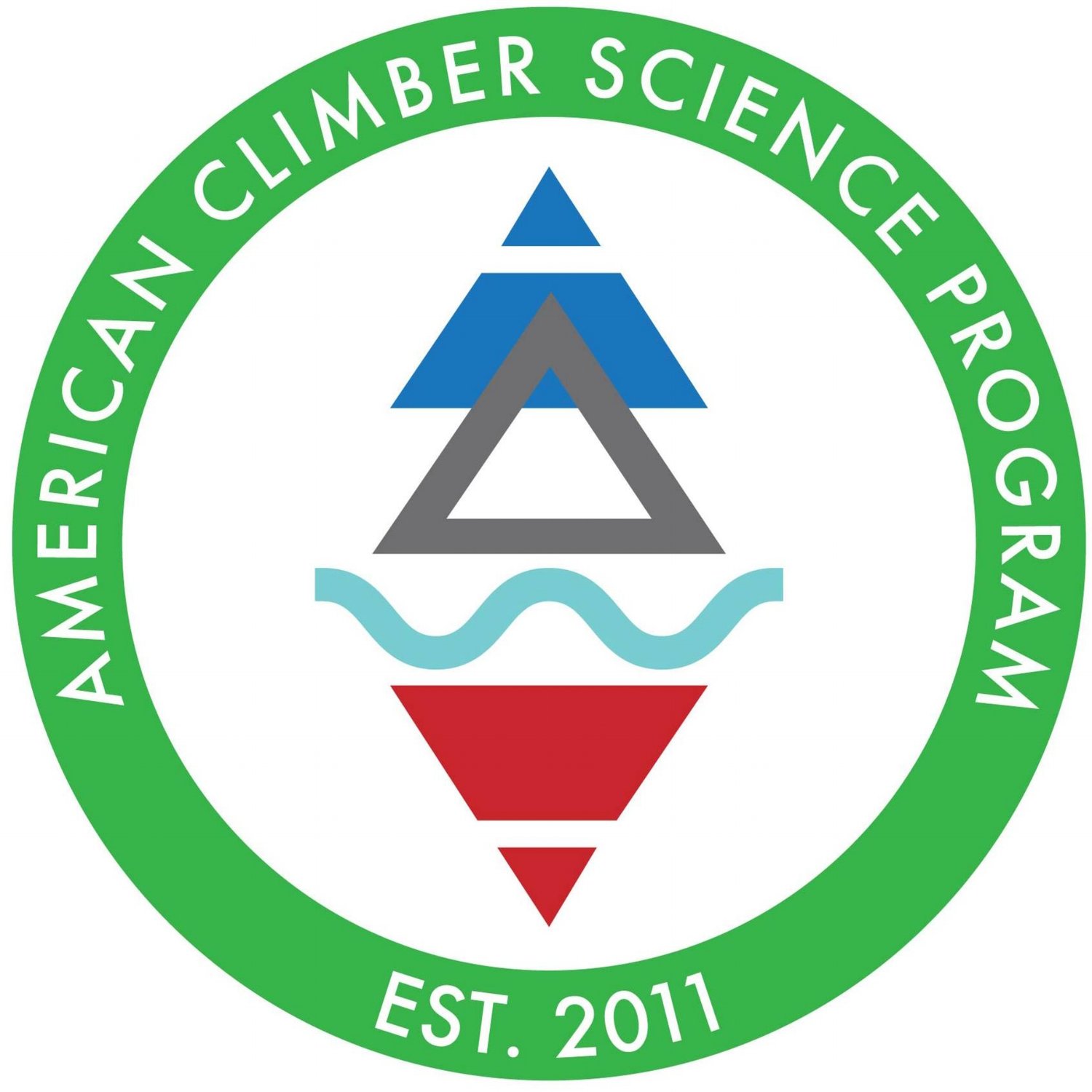What are we doing, and why is it important in this location:
When a region with glaciers is experiencing warming, even if precipitation patterns remain constant, the water availability for the region will change. Initially, runoff from glaciers will increase as melting increases, but eventually the glacier area will be reduced sufficiently that the increased melting will be offset by the increased water loss due to evaporation, sublimation, or absorption into newly exposed ground surfaces. The highest level of runoff as glaciers disappear is referred to as “peak water” (Baraer et al., 2012) and is Whatcom County’s current stage. Once the highest levels of runoff have passed, water flow levels decrease, usually to levels significantly below the pre-warming flow rates. This will lead to major negative impacts in Whatcom County as we get used to one level of river flow and water supply and it slowly diminishes over time. This process is already occurring as Mt. Baker’s glaciers disappear and we need more information if we are going to plan for the future.
Everything in the local environment is linked and thinking about something like salmon - our most famous fish - and its habitat, it is only as good as the quality and quantity of the water flowing from the mountains. By monitoring glaciers on Mt. Baker (and other local mountains), this project will help us better understand changes in the Nooksack river and other salmon habitat. We will work with local students and volunteers to teach them about snow science, snow monitoring, and mountain climbing and hope to build a new community of mountain science volunteers and professionals.
More Information on Black Carbon:
To learn more about black carbon and it’s effects, here is a collection of articles:
Peer Reviewed Science:
Here is a collection of science articles that show important research on black carbon effects on snow



